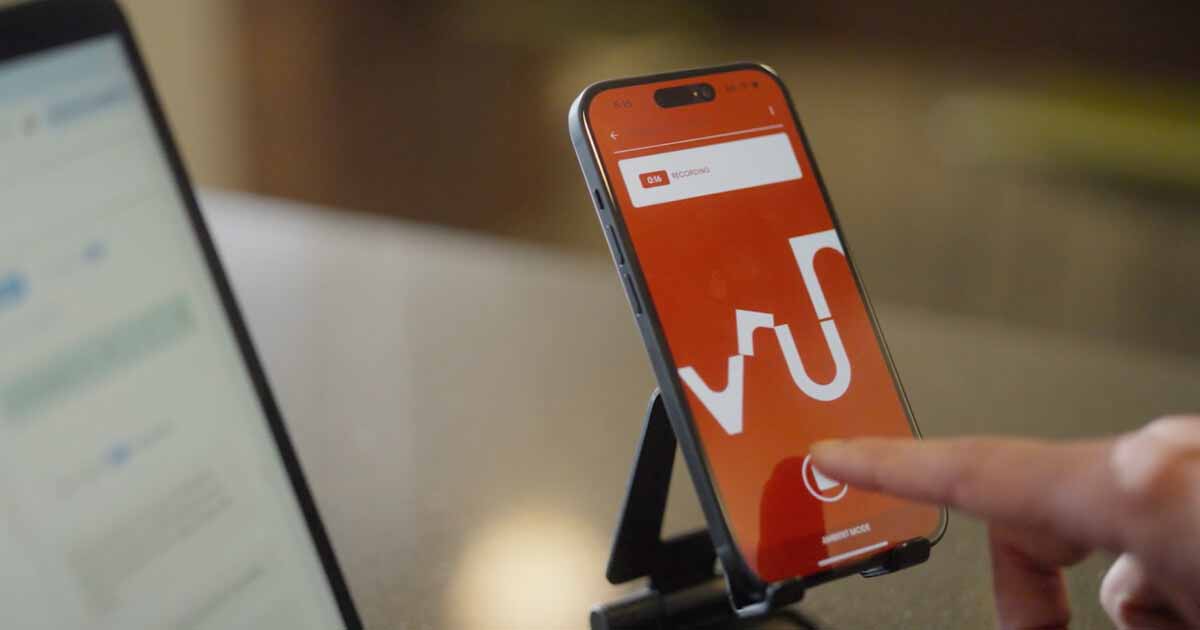
Dr. Ty Gluckman, a practicing cardiologist in Portland, Oregon
Photo: Dr. Ty Gluckman
Dr. Ty Gluckman, a practicing cardiologist in Portland, Oregon, is one of a team of 600 board-certified physicians who help with the evidence-based care standards that are part of vendor Motive Medical Intelligence's Practicing Wisely clinical analytics system.
We sat down with Gluckman to discuss a variety of hot topics to get the practicing physician's views on AI, the evolution of digital platforms like telehealth and remote patient monitoring, how the transition to value-based care has affected the practice of medicine, and tools he uses to drive his work in value-based care and improve practice performance.
Q. As a practicing physician, what are your views of the promise of artificial intelligence?
A. One of the more exciting areas where AI is helping to improve frontline healthcare delivery is its support of diagnostic imaging. Whether it's helping with interpretation of CT scans, MRIs or ultrasounds, AI can serve as a second set of eyes – augmenting the reader's evaluation rather than replacing it. Acknowledging that certain specialties like radiology have been early adopters, other fields like my field of cardiology are quickly catching up.
But perhaps the area where I'm most excited about AI's potential is its ability to generate meaningful insights from healthcare data. Electronic health record systems contain a tremendous amount of information that too often is siloed and doesn't help support clinicians in ways that it could or should.
Accordingly, as just one example, it's not too hard to imagine a world where AI reviews records in real time to help flag patients that may have undiagnosed conditions that would benefit from additional testing and/or treatment.
As for AI's broader influence on clinical decision making, it is already helping clinicians process guidelines, clinical data and trial findings with amazing speed. Clinical questions can be answered in plain language with increased accuracy in a way that is extraordinarily powerful for clinicians and patients alike. The future is promising, and in many ways, already here.
Q. How have digital platforms like telehealth and remote patient monitoring evolved for you in your practice of medicine?
A. Before COVID-19, I had never performed a telehealth visit – something I suspect is the case for many clinicians. Out of necessity, the pandemic accelerated our adoption of digital health systems, most of which continues today.
Telehealth is one such example that brings much-needed flexibility to the care that we provide. Traditionally, healthcare has been delivered in brick-and-mortar settings, with appointments made during working hours.
In contrast, telehealth visits offer the ability to deliver care where and when patients want it – something that is particularly important for those living far away, with limited transportation, and/or with health conditions that make travel difficult.
Acknowledging that some health conditions can be more challenging to manage in this way, it often serves as a wonderful means to perform hospital follow-ups, monitor chronic health conditions and address new health issues.
Remote patient monitoring represents another key piece of the puzzle. While initially developed to optimize care delivery after discharge from the hospital, remote patient monitoring is increasingly being used to help with chronic disease management.
It provides another set of eyes to check in on how patients are doing with common conditions like hypertension, diabetes and heart failure. It can flag early signs of deterioration, the need for medication adjustments and when further evaluation is needed.
Remote patient monitoring also can "right size" our follow-ups. Clearly for those who are not doing well, one's appointment should be moved up. However, for those who are stable with few to no symptoms, their upcoming appointment can likely be pushed back.
In short, it helps to better match our appointments to those who need it most. When coupled with ever-growing workforce shortages in healthcare, remote patient monitoring is not just a convenience, but a necessity.
Q. From your perspective, how has the transition to value-based care affected how you practice medicine?
A. The move to value-based care from fee-for-service is something we've been talking about for more than 20 years. In its simplest form, value-based care prioritizes healthcare quality, efficiency and cost. While I've had the opportunity to participate in different care models – o for example, pay-for-performance, bundled payments, other risk-sharing arrangements – we still live in a world where reimbursement is largely tied to the quantity of services provided.
There's no question that multiple barriers exist, limiting the adoption of value-based care. Nonetheless, current U.S. healthcare spending is not sustainable. And with rising labor costs, strained supply chains, worsening payer mix and declining reimbursement, health systems and practices are likely reverting to what's most familiar to them – fee-for-service care.
While it's understandable, it represents a concerning trend that runs the risk of undermining progress that's been made to date. Much more needs to be done today to realign incentives, if for no other reason than to create a healthcare system that's sustainable.
Q. Have you used any specific tools to drive your work in value-based care or improve your practice performance? How have they helped?
A. It's important to realize that all clinicians want to do the right thing – delivery of the best possible care at the lowest possible cost. To boot, we're generally competitive about doing it. And yet for most of us, data simply isn't available to help point out where we could and should be doing better.
To this end, I got involved several years ago in the development of a clinical analytics system, Practicing Wisely, which is designed to help clinicians understand how their care aligns with national best practices based on specialty society guidance, clinical trial data and real-world evidence.
At its core, it measures physician-level performance across 400-plus measures related to quality, appropriateness and low-value care. Importantly, it helps to identify both underuse and overuse of medical services and does this in a way that's non-punitive – instead aiming to inform, educate and empower clinicians.
What makes the platform so impactful is the transparency it offers. In my practice and nearly all others, you simply don't know how the care that you deliver compares to your colleagues. Practicing Wisely breaks down those silos, showing you how you perform relative to your peers, both locally and nationally.
For example, how often are evidence-based therapies prescribed to patients with heart failure? Am I underutilizing or overutilizing certain imaging tests? Am I delivering low-value care? Insights from the tool are intended to spark self-reflection about ways in which one's practice should change and what could be done to help enable this.
Central to this is how the platform visualizes data. It's not buried in spreadsheets; rather, it's presented in dashboards that allow one to easily understand performance trends, outliers and care variation. When you see a colleague achieving better outcomes on specific measures, it opens the door to learning what they're doing differently and how you might change your practice to achieve similar performance.
There's an evidence library that's been built by physicians for physicians, leveraging care standards across a wide array of clinical areas. I can attest to how thoughtfully it was built and the rigor that went into it. It's also regularly updated to reflect new guidance. For clinicians interested in value-based care or those simply seeking to better steward limited healthcare resources, this is an important tool.
For all of us interested in value-based care delivery, we need better systems, greater transparency and smarter ways to implement performance improvement. As clinicians, there is much to be done to help control costs and improve quality. Support from platforms helps provide actionable insights about the care we provide in ways I can really get behind.
Follow Bill's health IT coverage on LinkedIn: Bill Siwicki
Email him: bsiwicki@himss.org
Healthcare IT News is a HIMSS Media publication.
WATCH NOW: EHR transitions: How to ensure adoption and satisfaction


